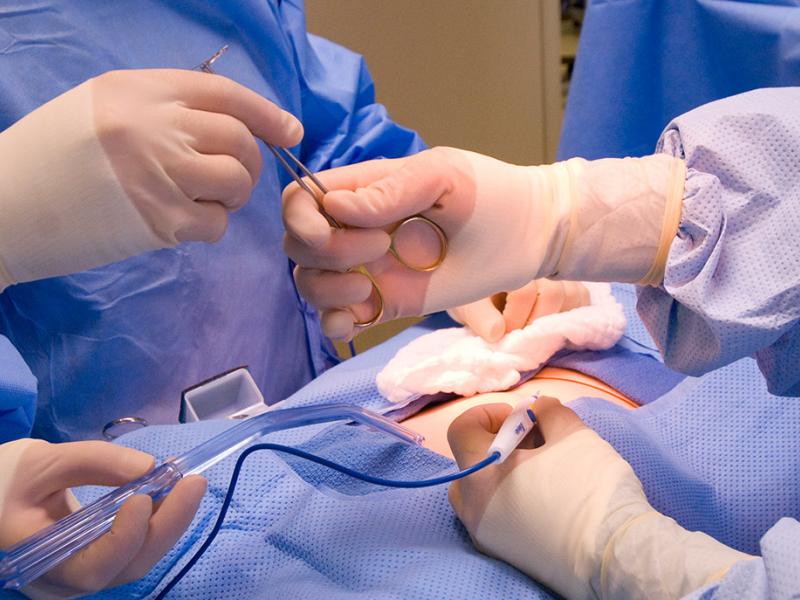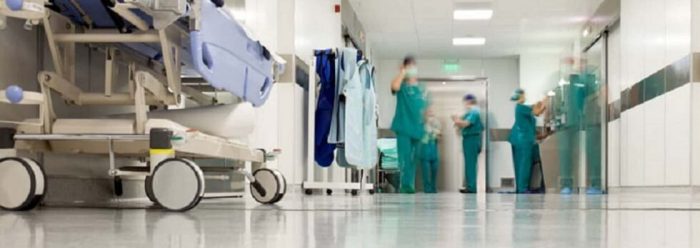Learning system rn medical surgical final – The learning system for RN medical-surgical final plays a crucial role in preparing nurses for the challenges of the final exam and beyond. This comprehensive guide provides an in-depth overview of the system, exploring its purpose, content organization, assessment strategies, technological infrastructure, user experience, implementation process, and evaluation methods.
By understanding these key elements, nurses can effectively utilize the learning system to enhance their knowledge, skills, and confidence in medical-surgical nursing.
The system is designed to meet the specific learning needs of registered nurses preparing for the medical-surgical final exam. It employs evidence-based pedagogical approaches and incorporates multimedia resources and interactive elements to facilitate engagement and knowledge retention.
1. Learning System Overview
The learning system is designed to provide a comprehensive and interactive educational experience for nursing professionals seeking to enhance their knowledge and skills in medical-surgical nursing. The system aims to empower learners with the necessary knowledge, skills, and critical thinking abilities to deliver safe, effective, and compassionate care to patients in medical-surgical settings.
The target audience for the learning system includes registered nurses, licensed practical nurses, and nursing students pursuing higher education or professional development in medical-surgical nursing. The system caters to the specific learning needs of these individuals by addressing the core competencies and essential knowledge required for practice in medical-surgical settings.
The learning system is grounded in the principles of adult learning theory and incorporates evidence-based pedagogical approaches. It employs a constructivist approach that encourages active learning and knowledge construction by engaging learners in interactive activities, simulations, and problem-solving scenarios.
2. Content Organization and Structure
The content within the learning system is organized into logical modules, lessons, and assessments. Modules represent broad topics within medical-surgical nursing, such as cardiovascular disorders or gastrointestinal disorders. Each module is further divided into lessons that focus on specific aspects of the topic, such as the pathophysiology of a particular disease or the nursing interventions for a specific condition.
The content is sequenced in a logical progression, building upon prior knowledge and gradually introducing more complex concepts. Multimedia resources, such as videos, animations, and interactive simulations, are integrated throughout the lessons to enhance engagement and facilitate understanding.
3. Assessment and Evaluation

The learning system employs a variety of assessment methods to measure learner progress and evaluate their understanding of the material. These assessments include quizzes, exams, simulations, and case studies. Quizzes and exams assess knowledge recall and comprehension, while simulations and case studies evaluate critical thinking and problem-solving skills.
The assessment criteria are aligned with the learning objectives and are designed to ensure that learners demonstrate proficiency in the core competencies of medical-surgical nursing. Learners receive detailed feedback on their performance, including areas where they excelled and areas for improvement.
4. Technological Infrastructure: Learning System Rn Medical Surgical Final
The learning system is hosted on a secure and reliable platform that is accessible via the internet. It is compatible with a range of devices, including desktops, laptops, and mobile devices. The platform features a user-friendly interface and responsive design, ensuring optimal usability across different screen sizes.
The system employs robust security measures to protect learner data and privacy. Access to the system is controlled through secure authentication mechanisms, and data is encrypted both in transit and at rest.
5. User Experience and Engagement
The learning system is designed to provide an engaging and interactive user experience. The user interface is intuitive and easy to navigate, allowing learners to focus on the content rather than struggling with technicalities.
To promote learner engagement, the system incorporates gamification elements, such as points, badges, and leaderboards. Social learning is facilitated through discussion forums and online collaboration tools, enabling learners to connect with peers and share their experiences.
6. Implementation and Adoption

The implementation and adoption of the learning system involve a collaborative effort among stakeholders, including administrators, educators, and learners. A well-defined implementation plan Artikels the roles and responsibilities of each stakeholder, ensuring a smooth transition to the new system.
Training and support are provided to users to ensure they are proficient in using the system and its features. Ongoing support is available through online resources, user manuals, and dedicated support channels.
7. Evaluation and Impact Assessment

The effectiveness of the learning system is evaluated through a comprehensive evaluation plan. Data is collected from multiple sources, including learner feedback, performance assessments, and system usage metrics.
The evaluation results are analyzed to identify areas for improvement and to demonstrate the impact of the system on learner outcomes. The findings are used to make data-driven decisions about the system’s content, delivery, and overall effectiveness.
FAQ Summary
What are the benefits of using the learning system for RN medical-surgical final?
The learning system offers numerous benefits, including personalized learning experiences, interactive content, comprehensive assessments, and access to expert faculty support.
How does the learning system prepare nurses for the final exam?
The system provides targeted content aligned with the exam blueprint, practice questions, and mock exams to help nurses identify areas for improvement and build confidence.
What is the role of technology in the learning system?
The system leverages technology to enhance accessibility, provide interactive learning experiences, and facilitate collaboration among nurses.
